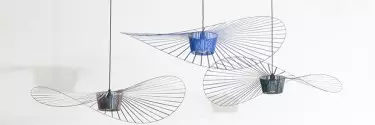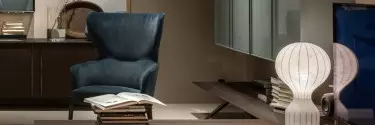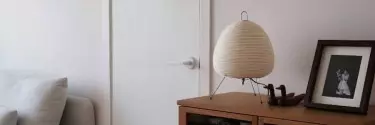Łowicz Spider - Traditional Folk Ornament From The Łowicz Region

History
The Łowicz spider is a traditional folk decoration originating from the Łowicz area. As early as the 18th and 19th centuries, residents of the area used such spiders as home decorations. In the past, the spiders were made of natural materials such as ears of grain and dried fruit, and their purpose was linked to the ritual of thanksgiving for a successful harvest.
With the passage of time, the tradition of making the spiders of the Lowcountry has survived to the present day. Nowadays, spiders are made from a variety of materials and are a valuable part of Polish folk culture.
Appearance
The Łowicki spider has a distinctive shape and appearance. It consists of two parts - the legs and the body. The body of a Łowicki spider is usually shaped like a ball, and each component is available in different colours and patterns. The legs are made of paper wicker and generally wrap around the body, creating a lovely ornament. The so-called 'skirts', or tassels of coloured paper, are also a characteristic element of the Łowicki spider.
Łowicki spiders are handmade and range in size from a few centimetres to several metres. They are also available in different variations, depending on the occasion for which they are to be used.
Meaning
The Łowicki spider is a remnant of ancient rituals and folk beliefs. This was before the development of modern technology, when agriculture was the main source of livelihood for many families. With time, the spider became a popular symbol of folk culture.
Today, the Łowicki spider is a valuable part of Polish culture and folk art. You can boldly place it in your home as a decoration, and also use it for garden decorations or as a gift for tourists.
Summary
The Łowicki spider is a traditional folk decoration from the Łowicz area that has survived to this day. Its beauty and unique style have enjoyed its pushiness and popularity. Regardless of its time, the Łowicki spider is a valuable element of Polish folk culture and art.












0 comment(s)